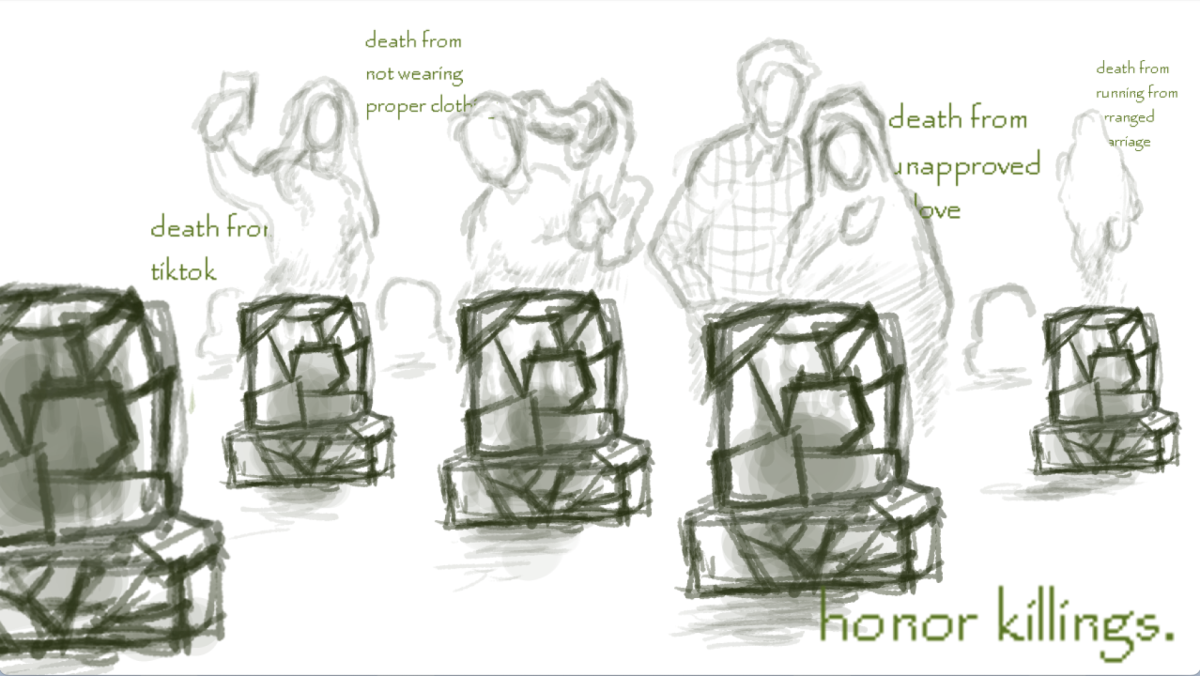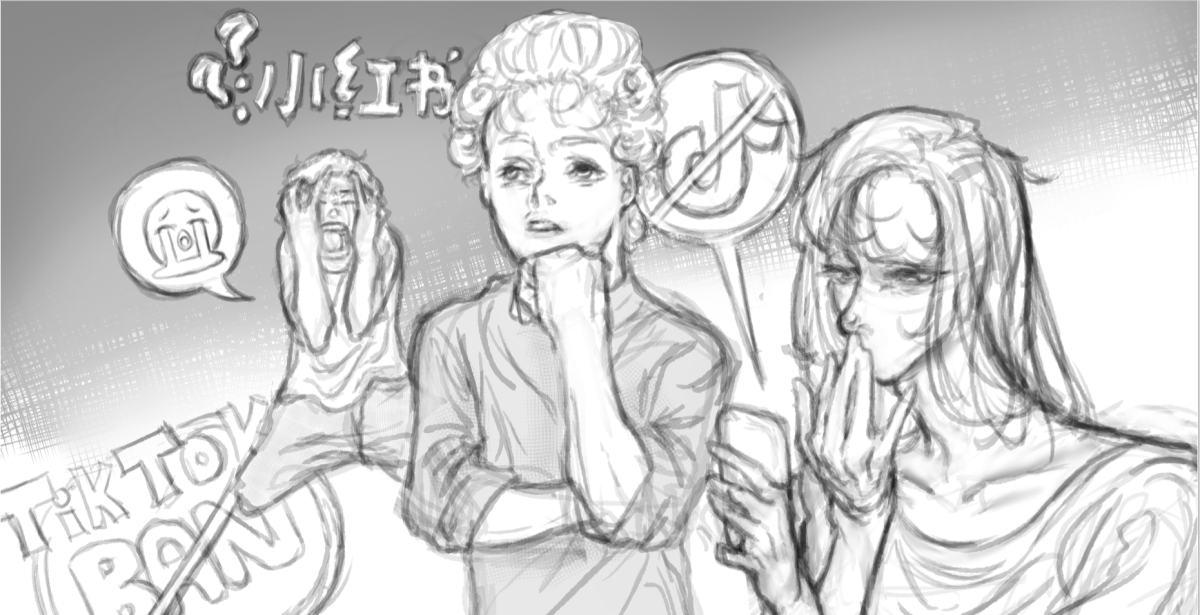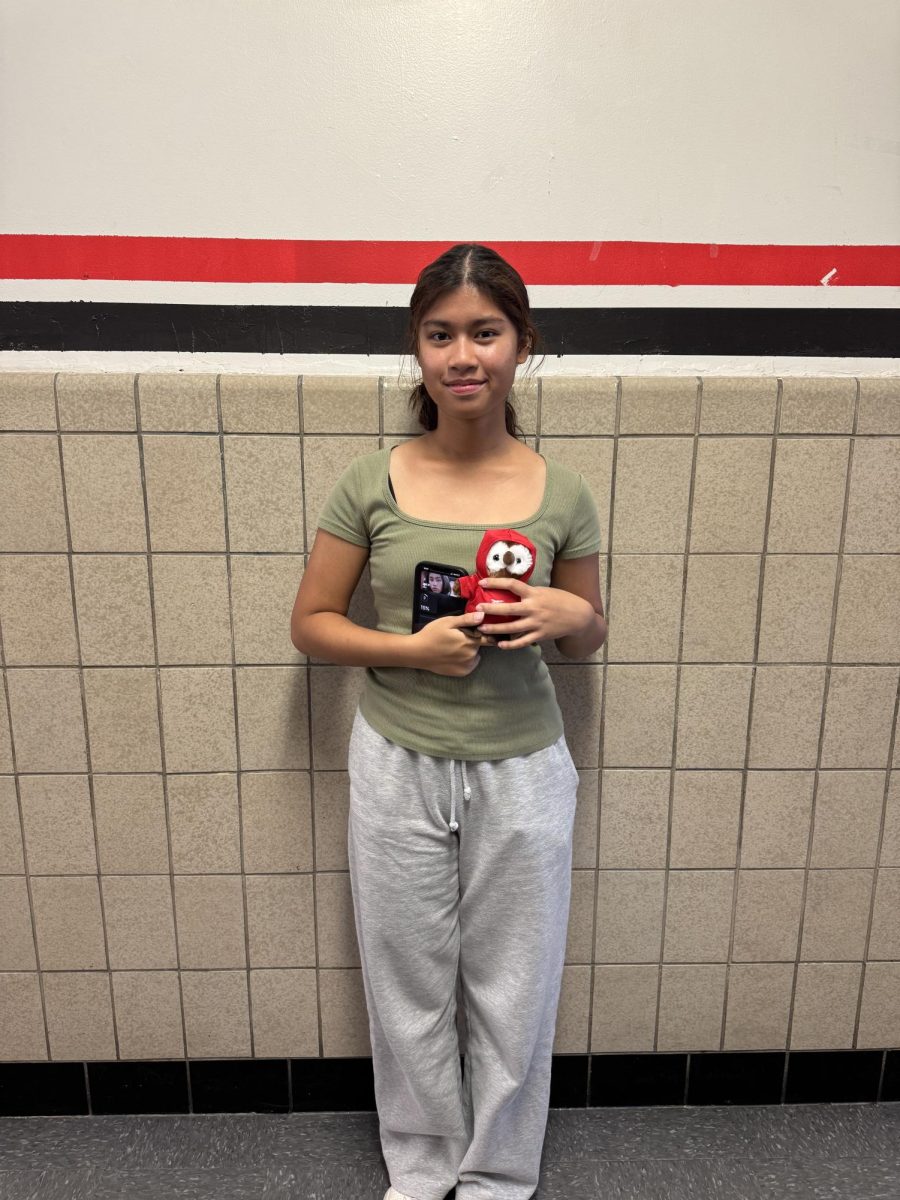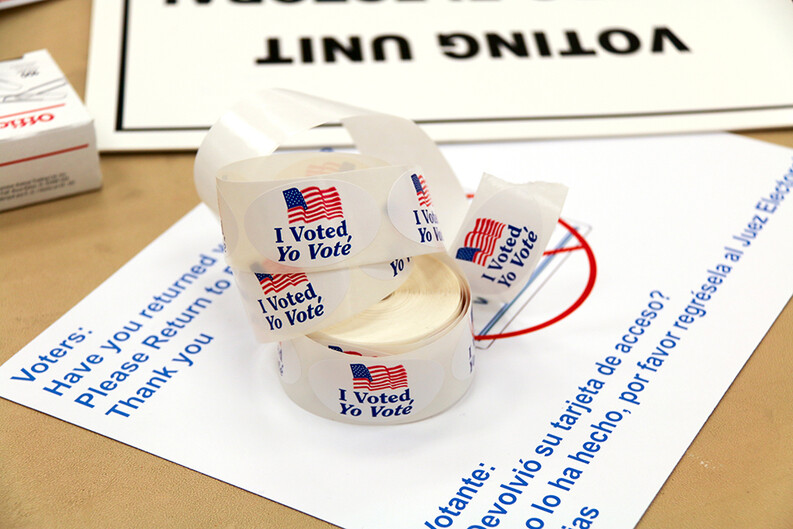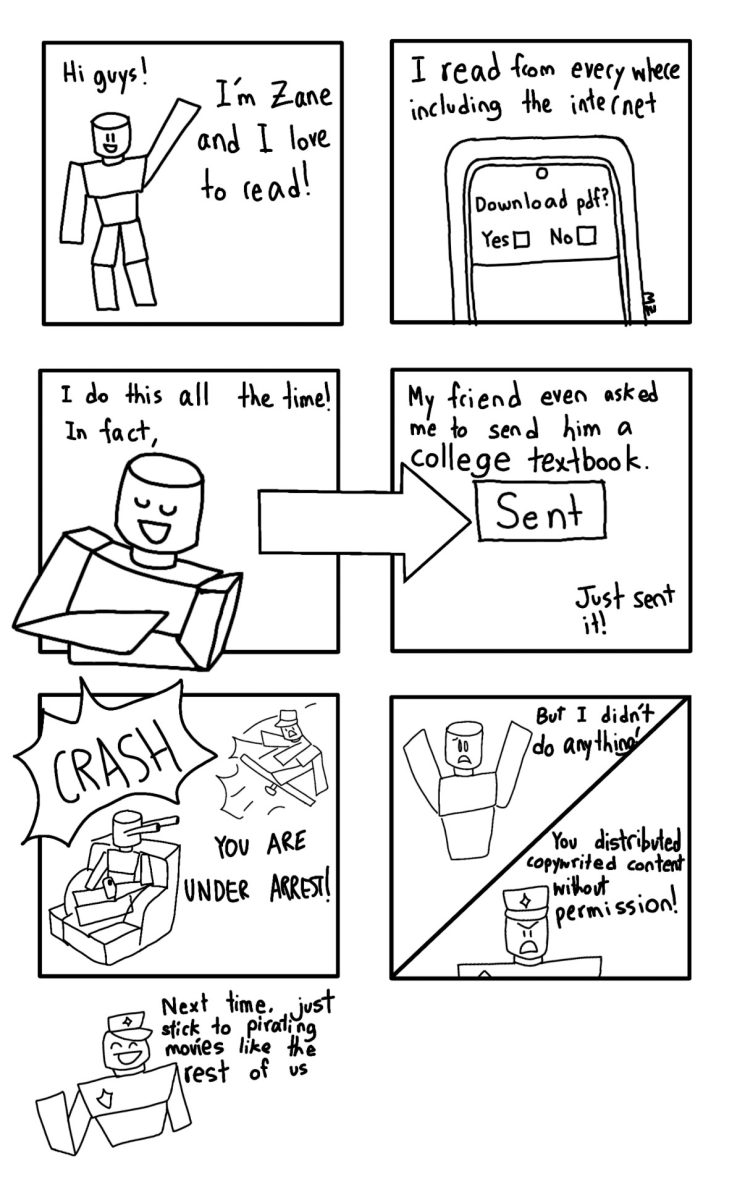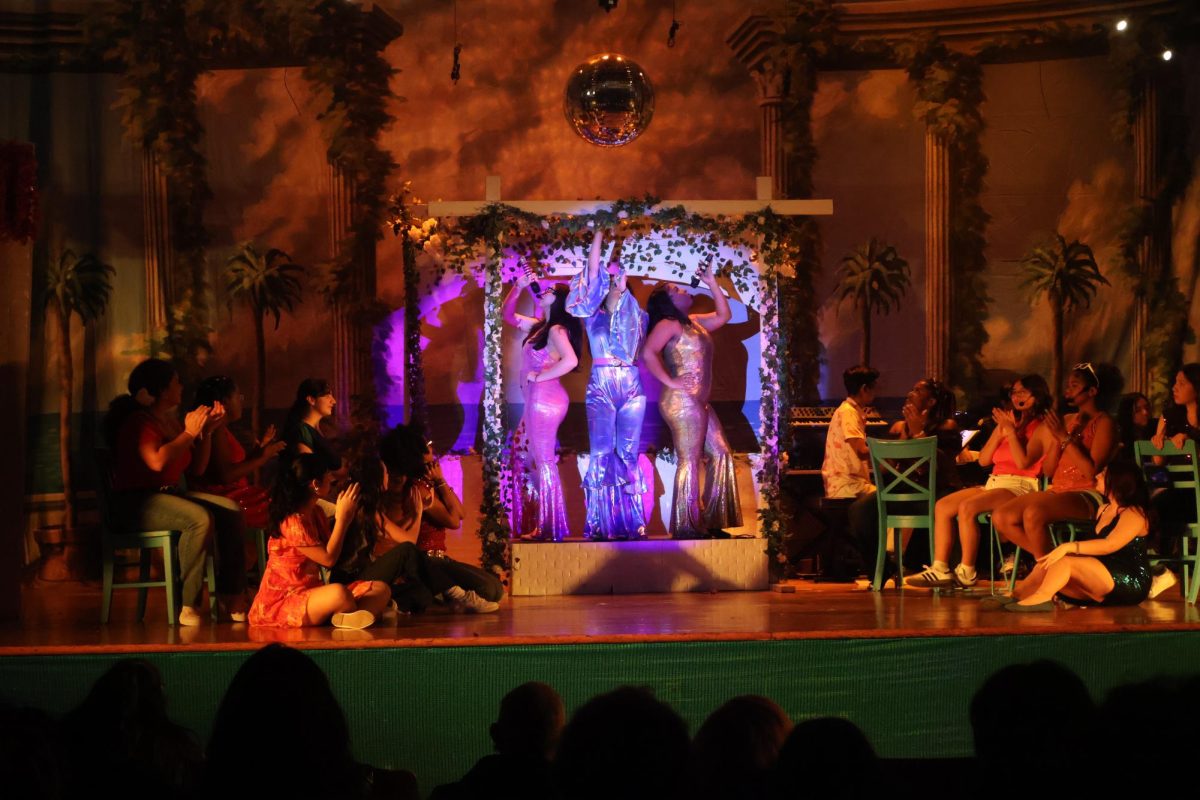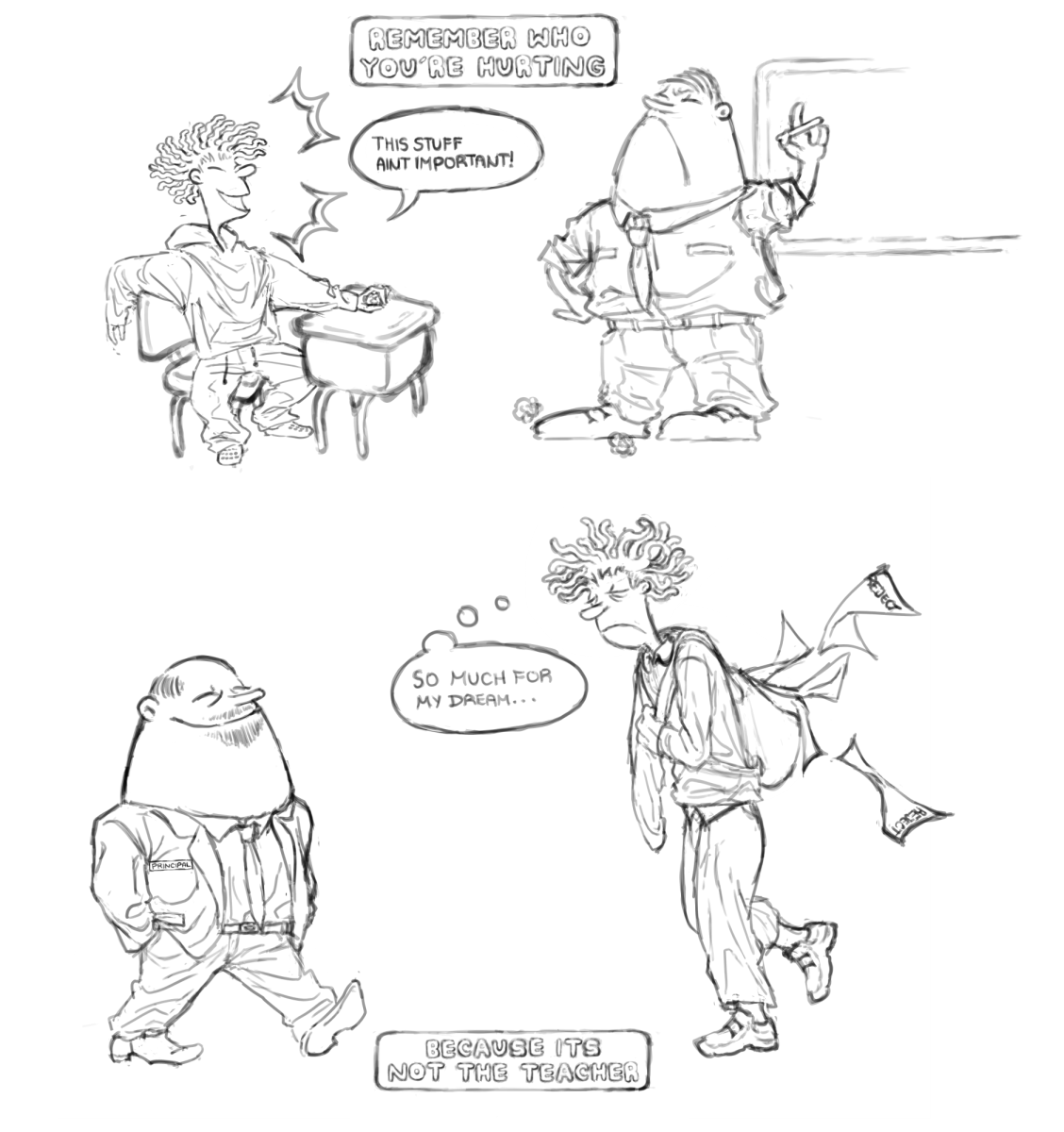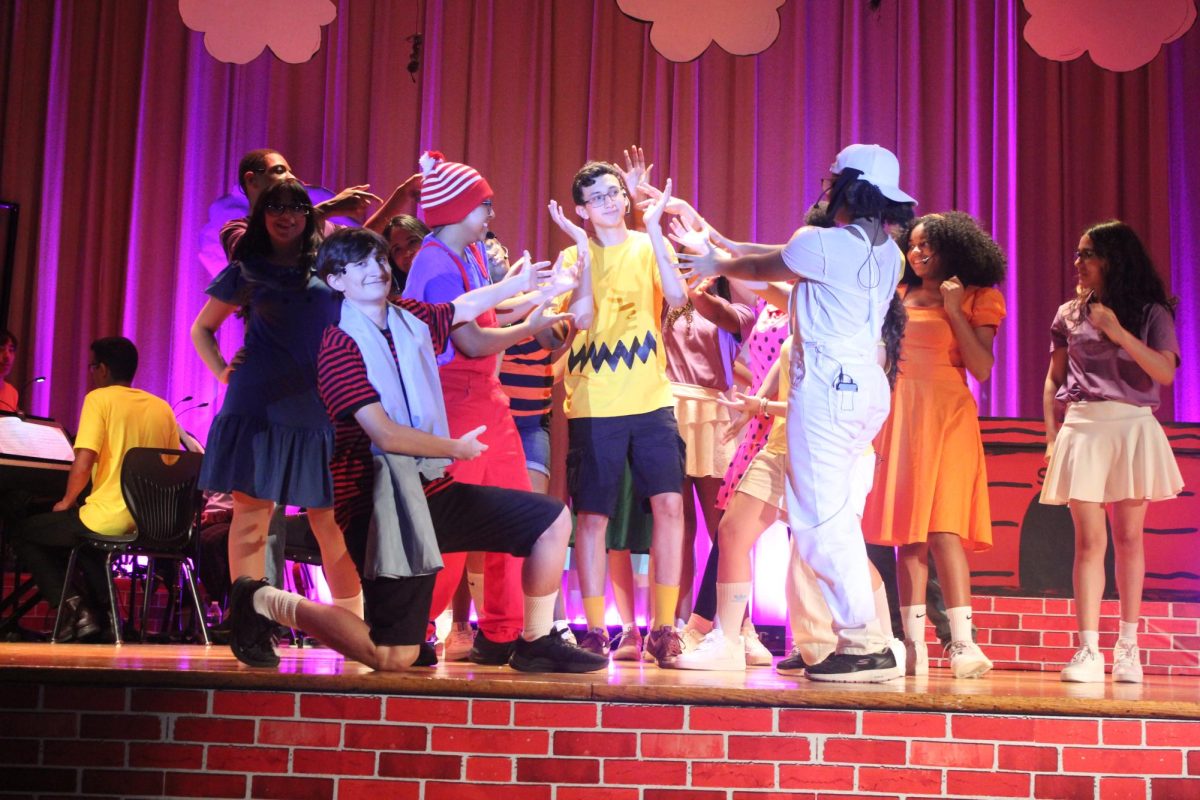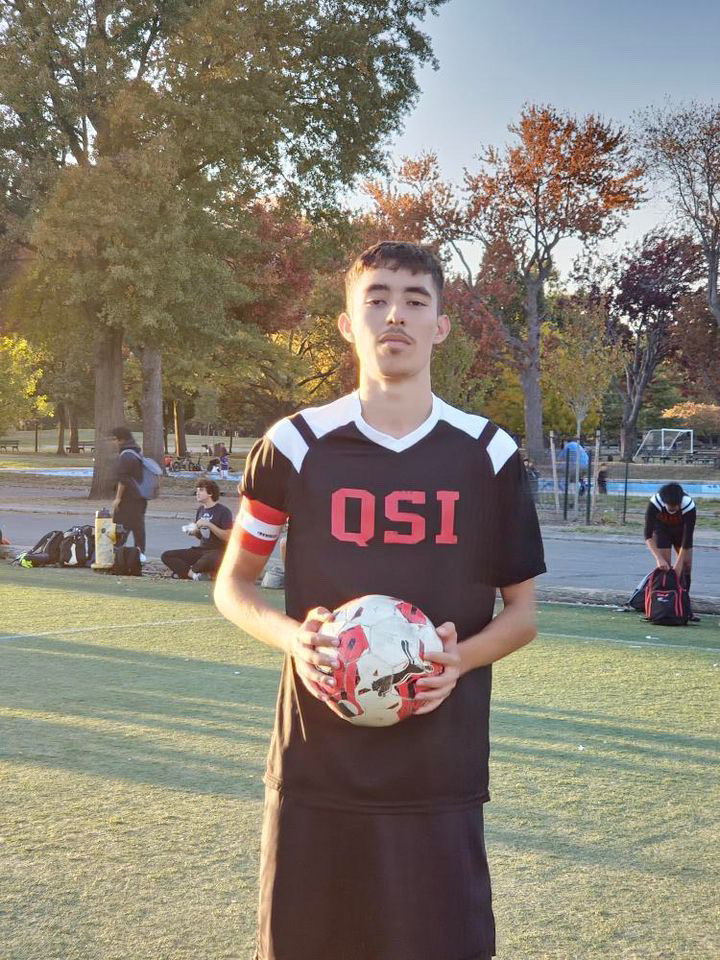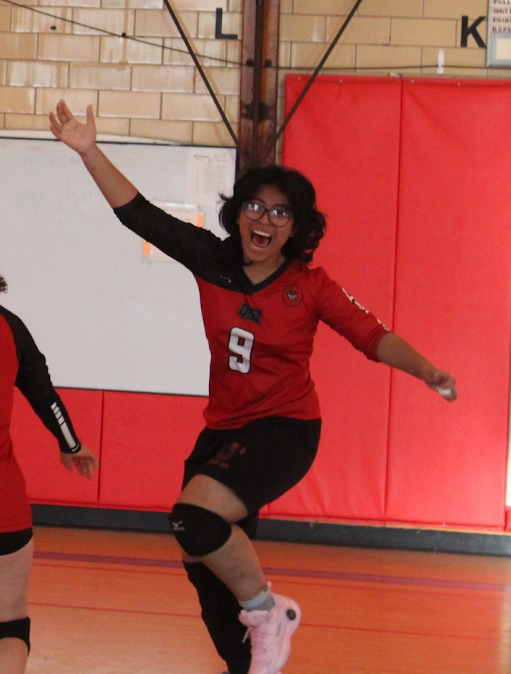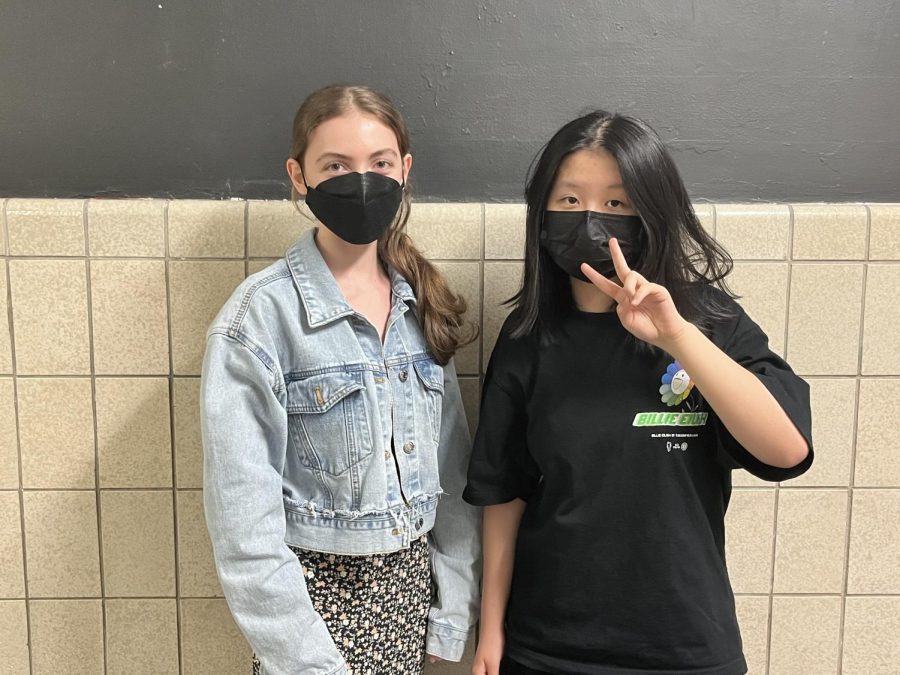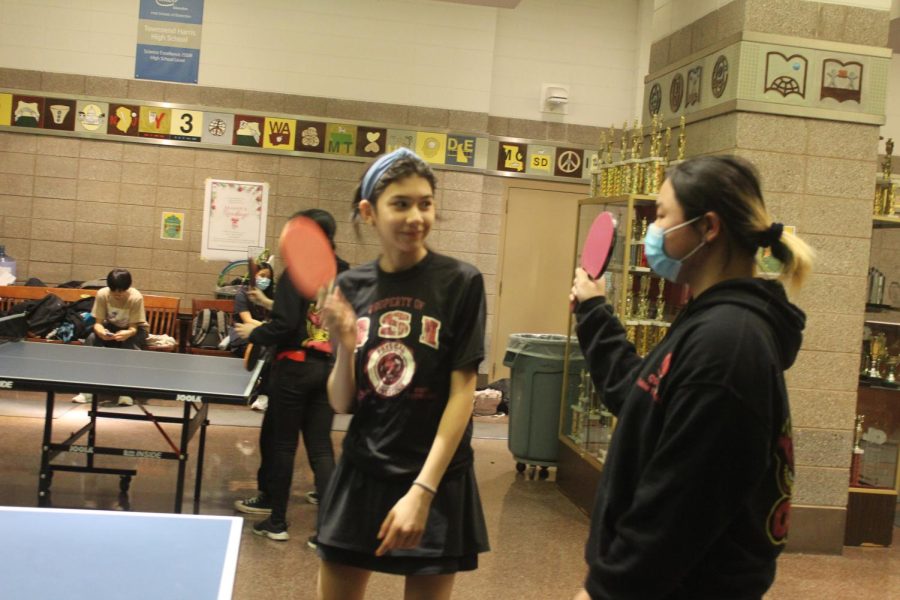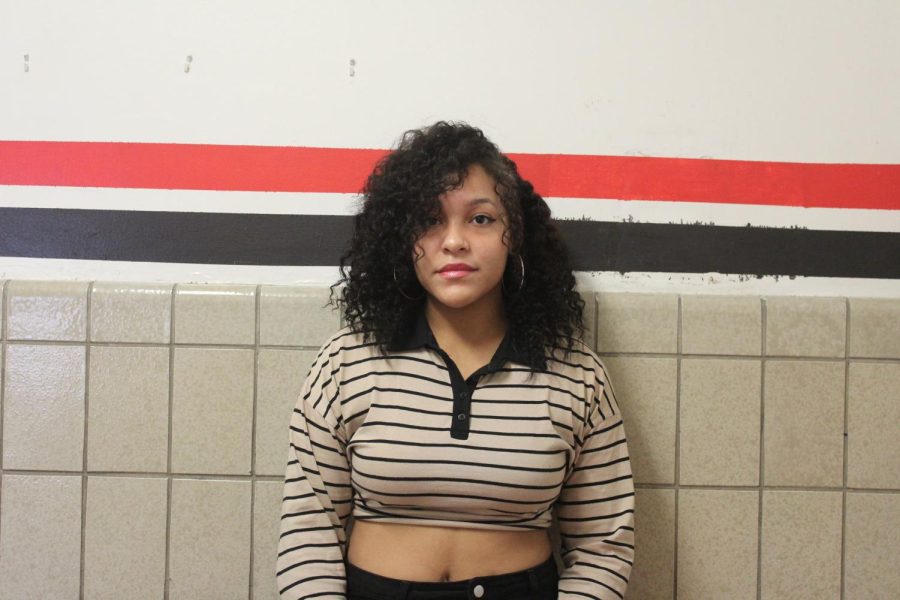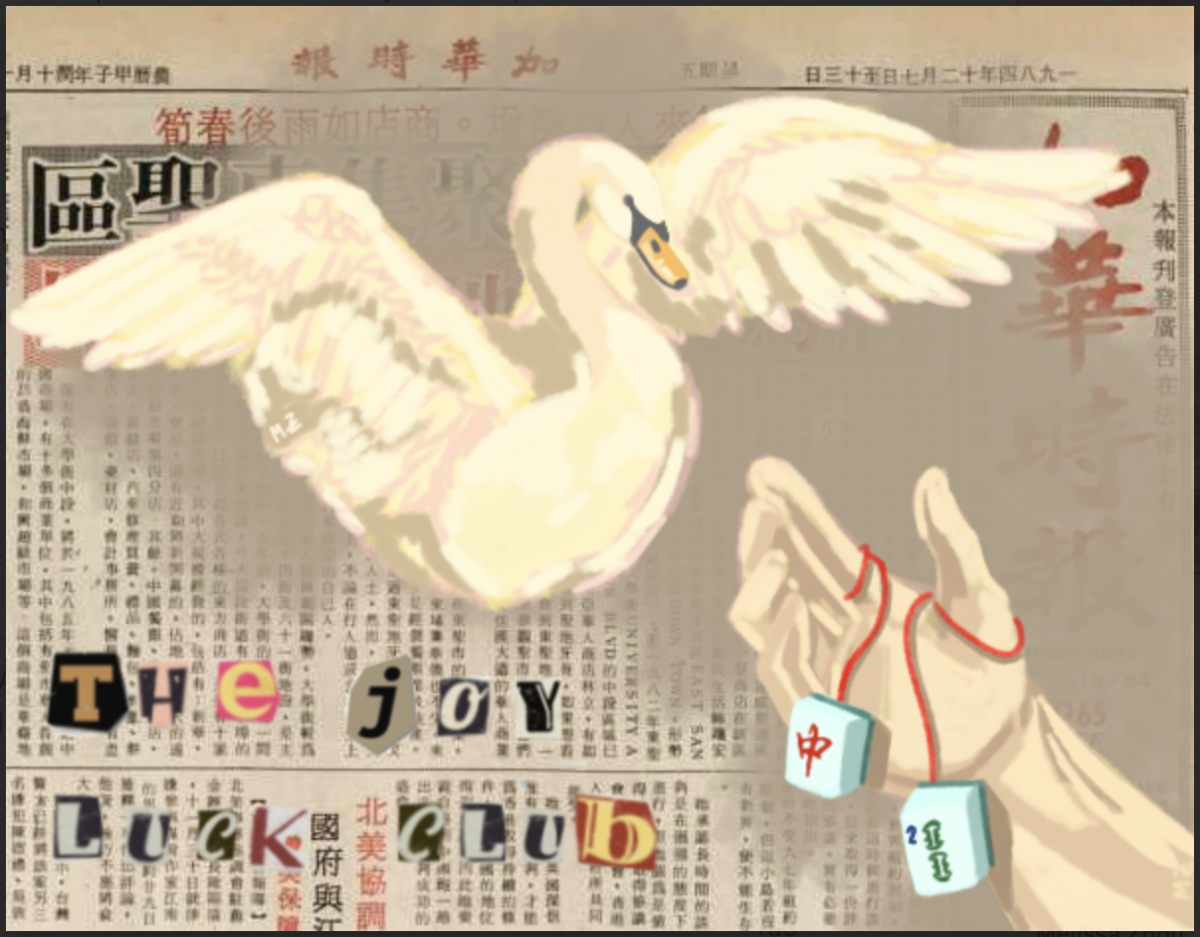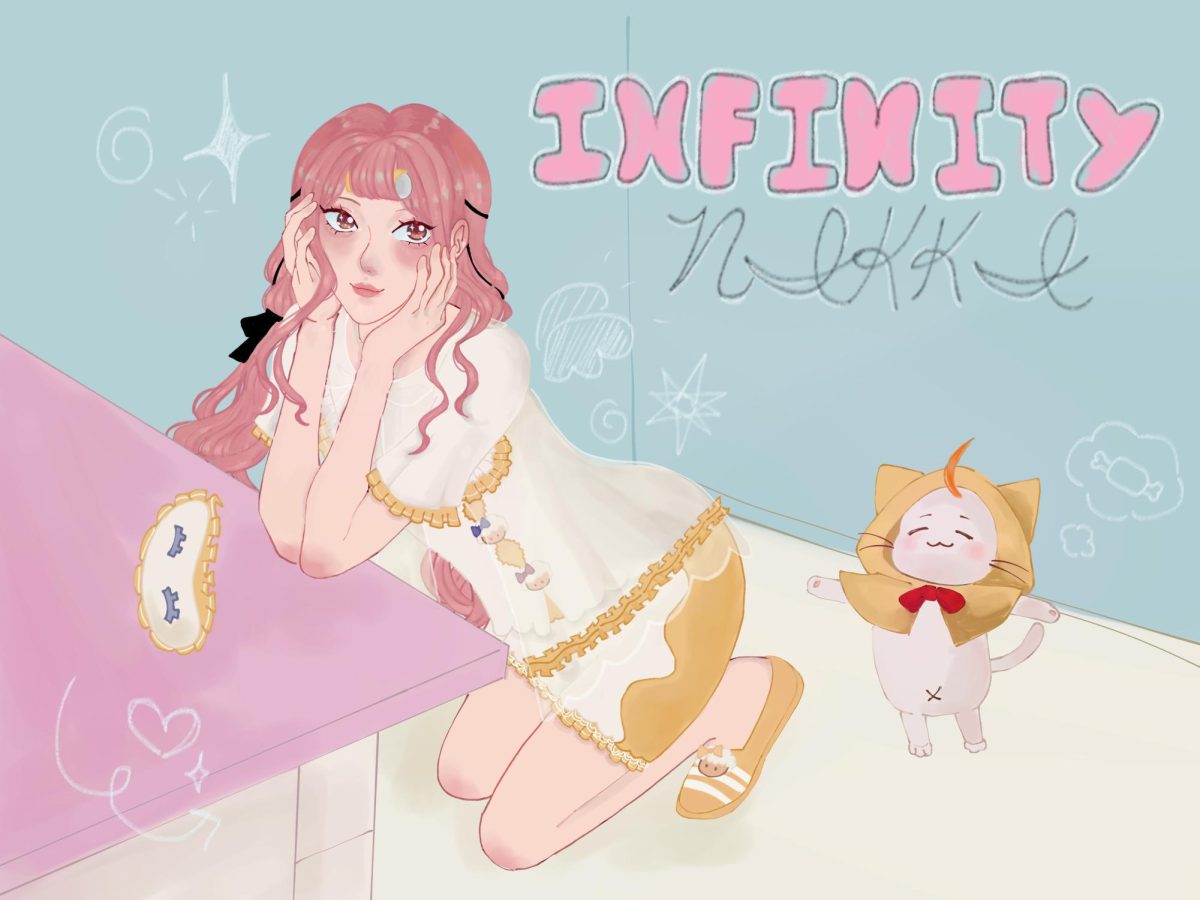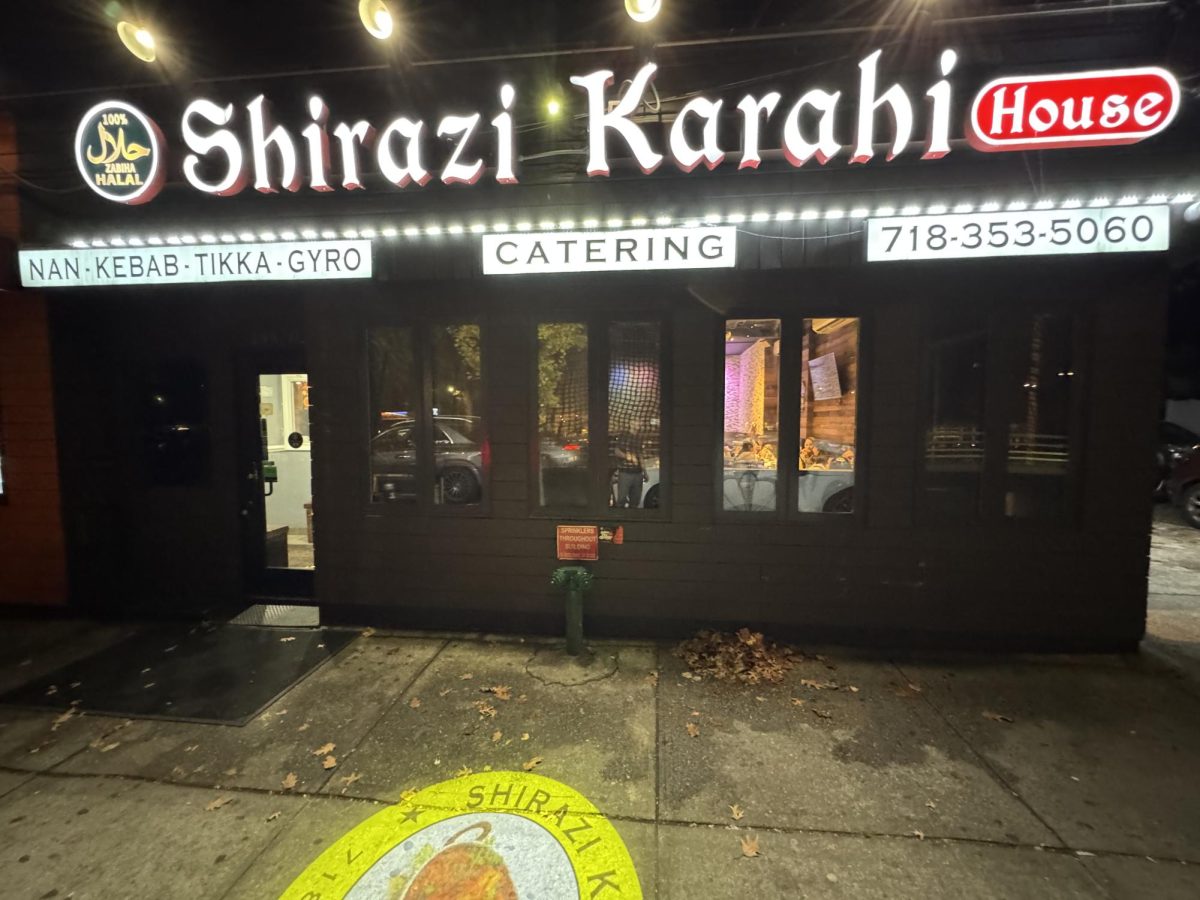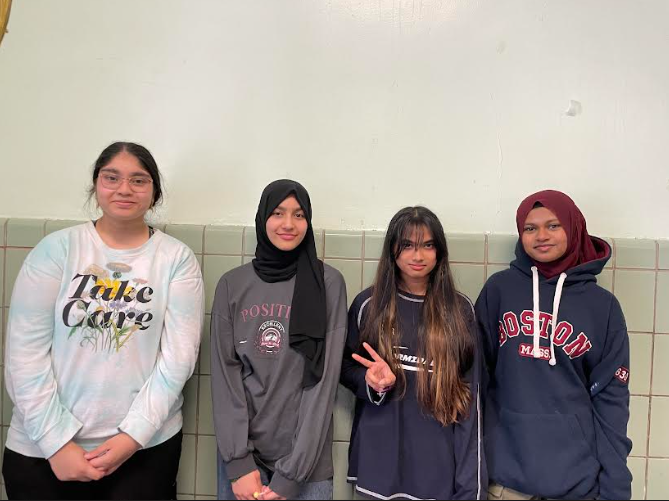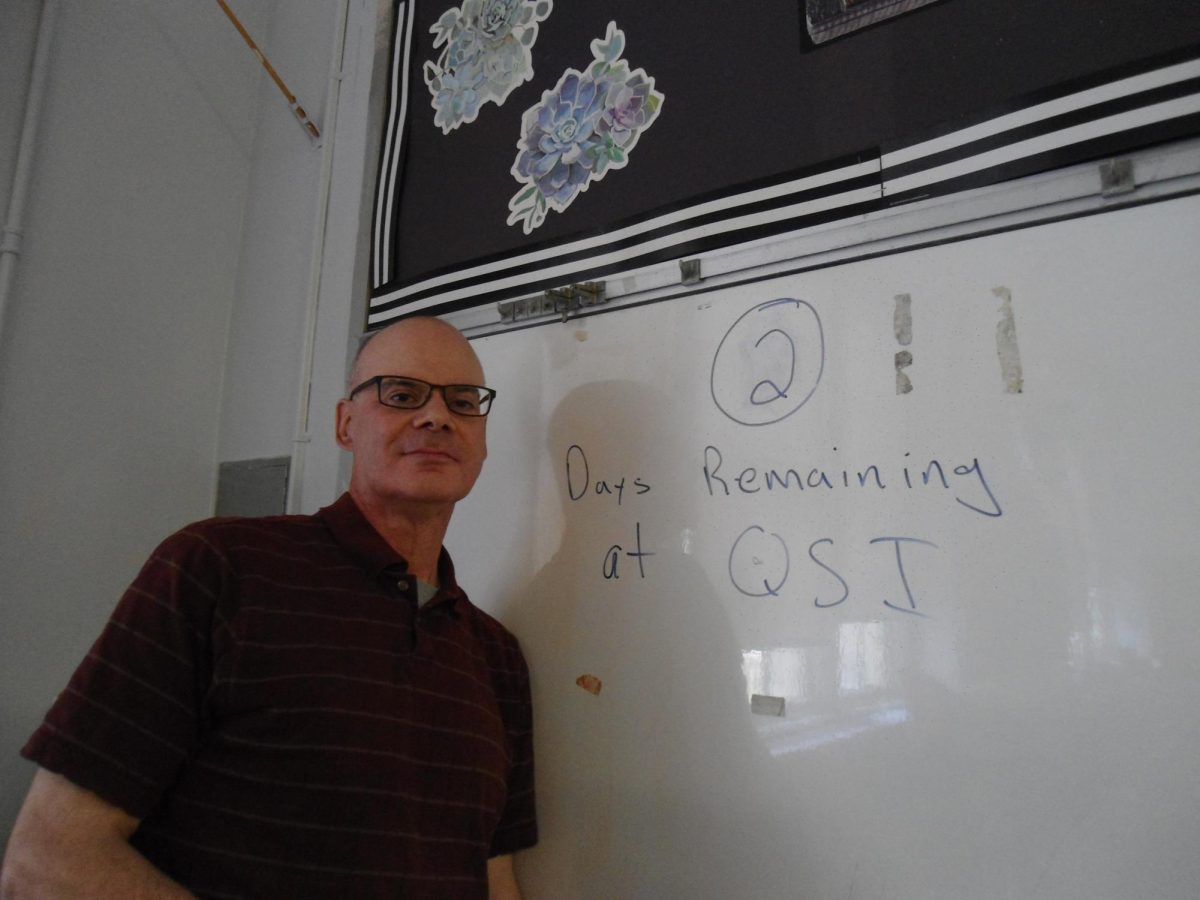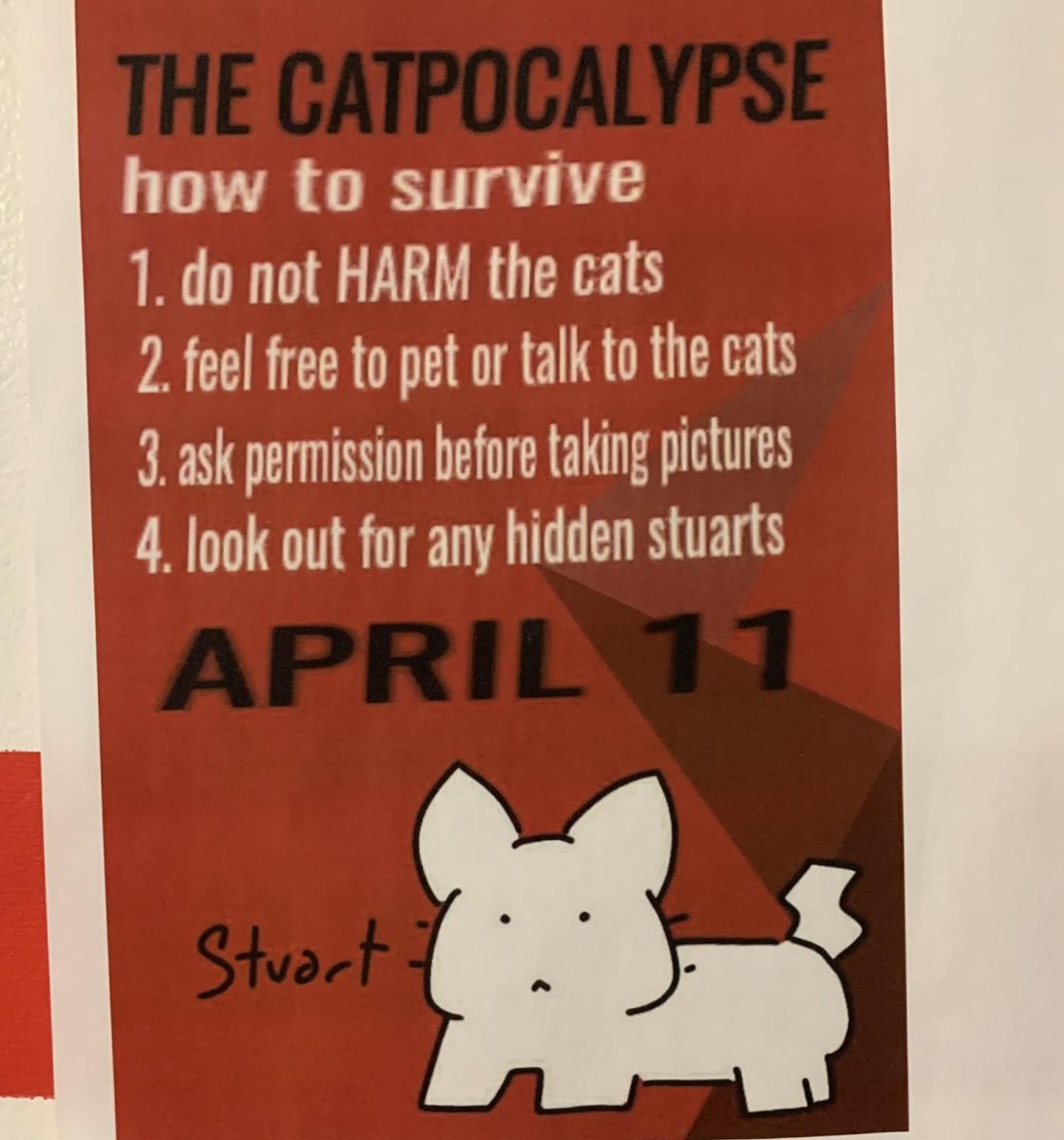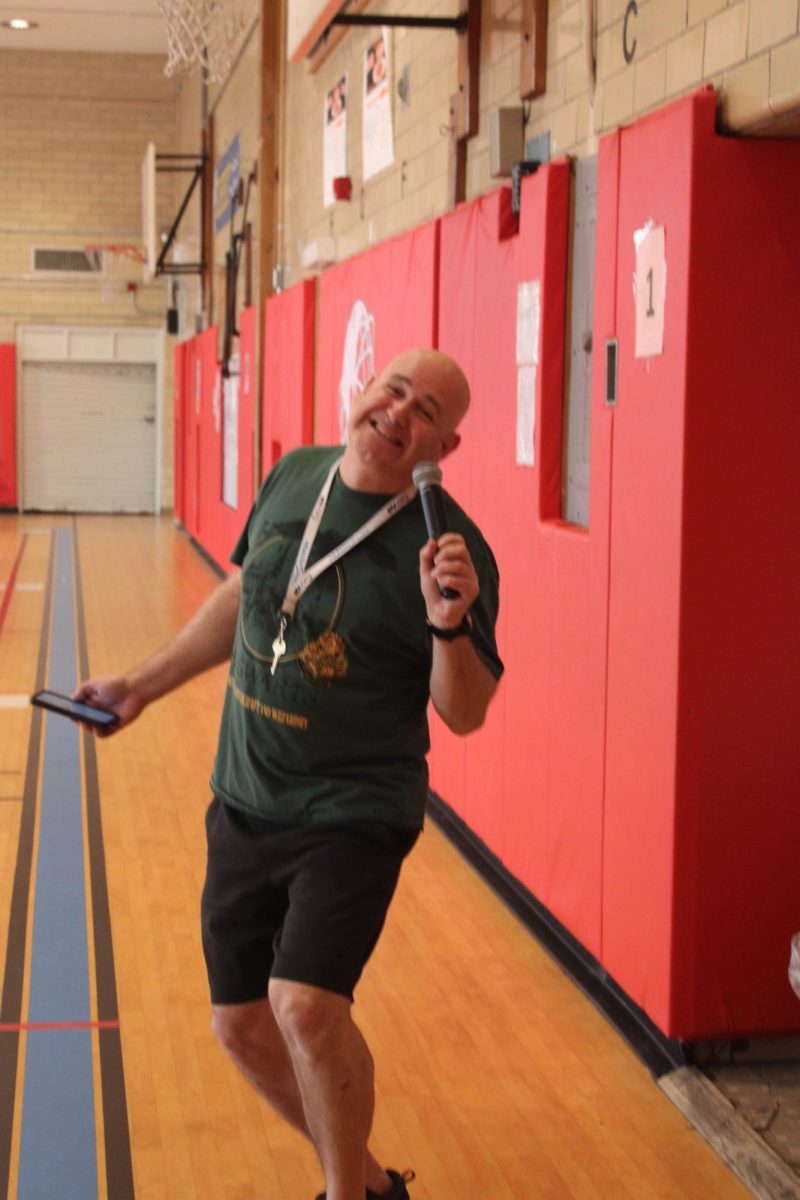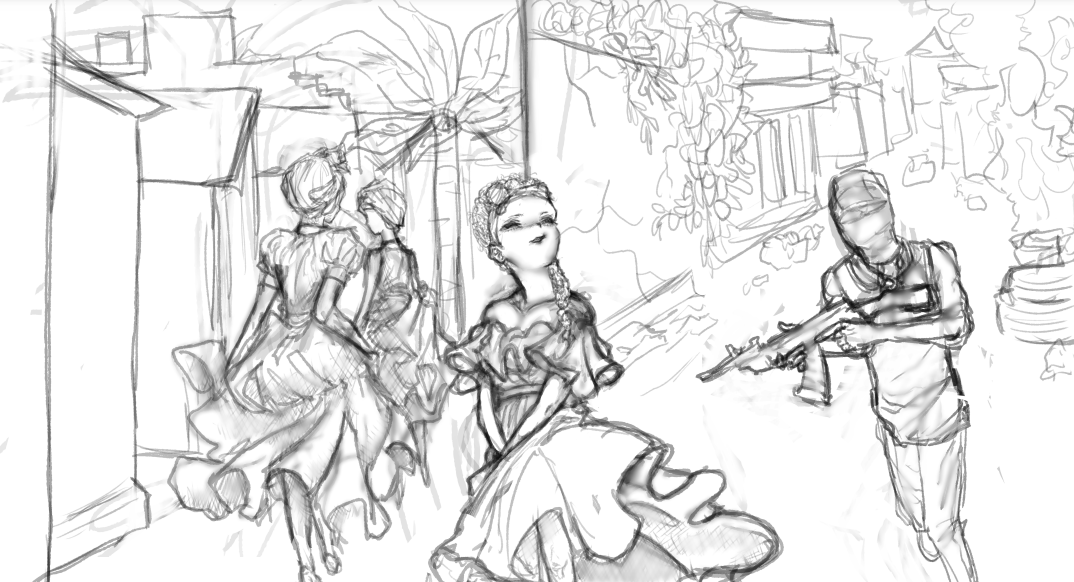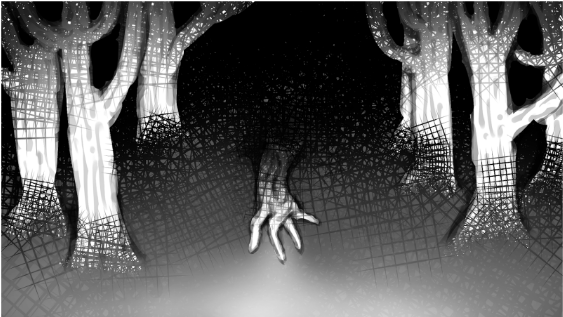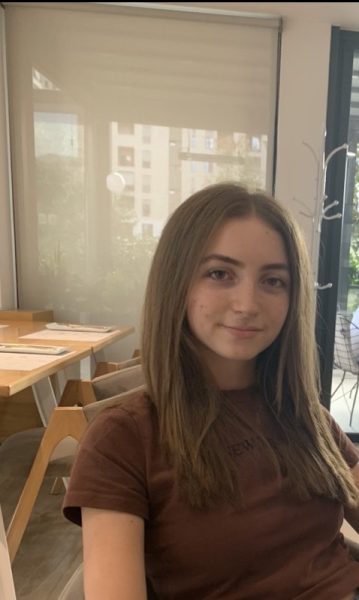Students from QSI and P255Q came together to participate in the Pieced Together program where they spent time making bracelets and getting to know one another. The purpose of the program is to promote unity and inclusion amongst students who may not ordinarily know each other, like students from Community Schools and students who attend District 75 schools.
Over the course of the year, roughly twice each month, ten QSI students went upstairs during their lunch period to join 25 P255Q middle school students to make bracelets together.
“Each bracelet has the name of the student who created it which makes each student feel important and accomplished,” said Joanna Medrano, the advisor of the program. “It gives QSI students an opportunity to socialize with students from the other school and is a way for them to support the building-wide community.”
According to Sesil Diktas, Medrano’s counterpart at P255Q, Pieced Together is modeled after a program that works with adults with disabilities.
“We are following the model and we figured it might be an awesome idea to incorporate different schools and different learners with different abilities,” said Diktas.
The bracelets represent more than just a piece of jewelry; they represent the bonds created between students regardless of their background and serve as an opportunity to share similar interests.
“I see making bracelets as a way to connect with anyone since it’s such a universal practice and everyone has a different way of making them,” said sophomore Ayesha Daftani. “It’s something anyone can do or learn to do while having fun.”
Junior Valerie Ao agreed and appreciated many aspects of the program.
“We made connections because we talked, we collaborated,” said Ao. “We are all unique individuals and I truly enjoyed their [P255Q students] company.”
Sanay Taghizadeh, who is in grade eight at P255Q, said she liked “beading and designing the bracelets” and spending time with QSI students.
“They taught me how to tie the knots on the bracelets,” said Taghizadeh. “The girls were also sweet and nice.”
Troy Chua, grade six, agreed. “My favorite part was to bead and be with friends,” he said.
Diktas hopes that students will not only realize that people with different learning abilities can be friends but that students of “all different kinds of religions, and backgrounds,” can, too.
“We wanted to show everyone how we could all be equal through our bracelet results,” Sesil said. “I would like to highlight that this project provided an opportunity for students on the autism spectrum to proudly showcase their diligent efforts.”
The hopes for next year are to expand this club and engage empathetic, patient, and open-minded students. with the ultimate goal being to make the school-building community more inclusive, one bracelet at a time.
“Because time was limited for both floors and students needed to get back to classes, we felt like the social interaction piece was rushed,” said Diktas. “In regards to the future, we would like to make smaller groups and incorporate the social piece.”
